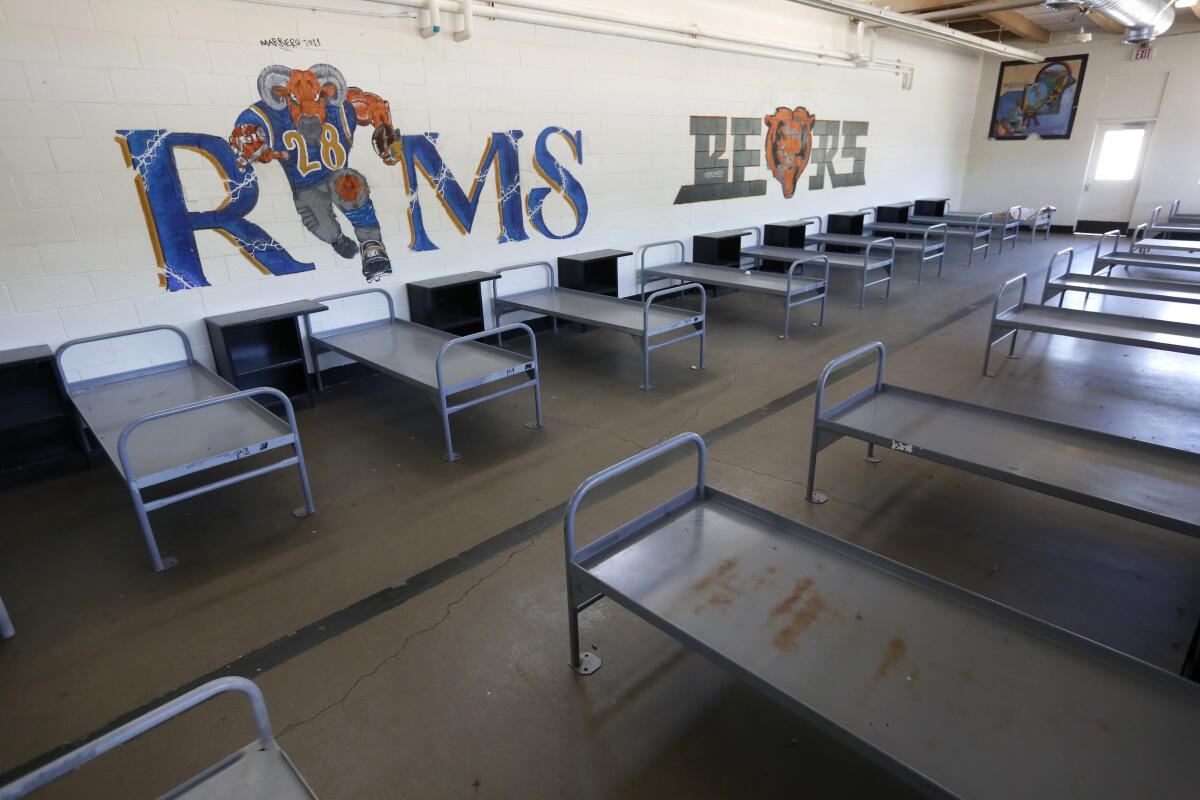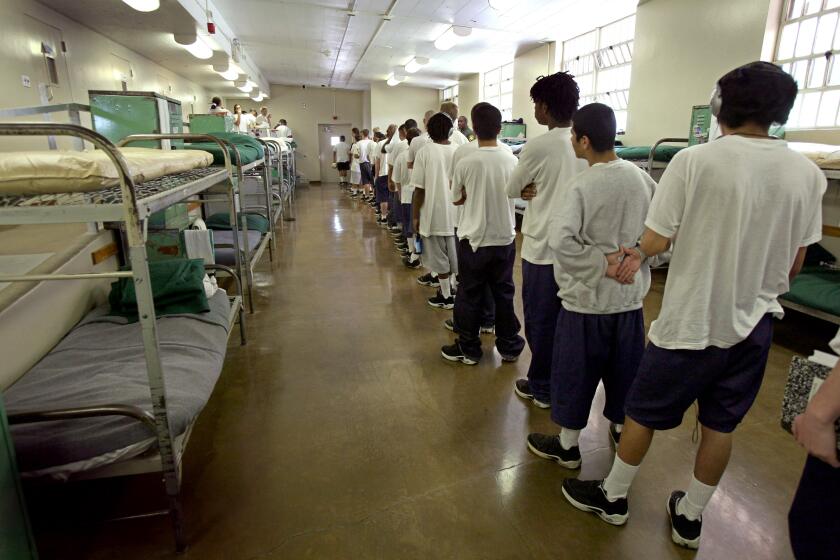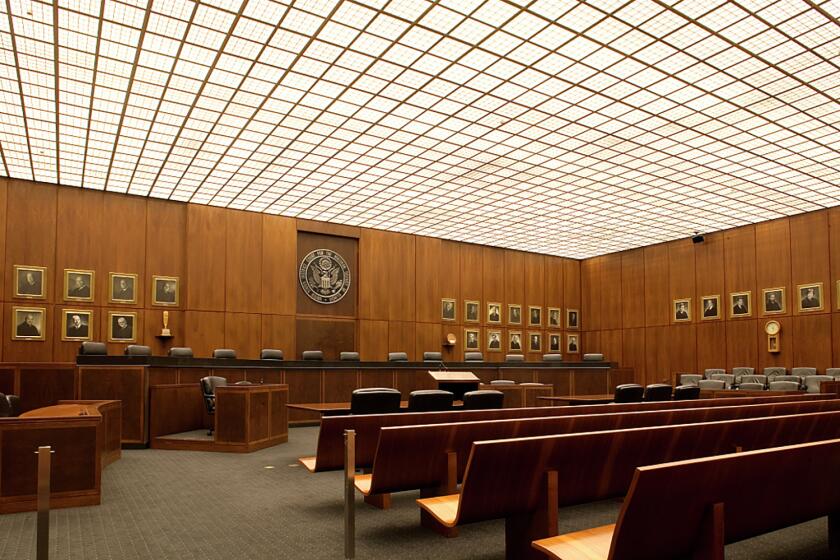Editorial: L.A. County supervisors, don’t stray from solid juvenile justice goals

The Los Angeles County Board of Supervisors set lofty goals for overhauling its outmoded and largely failed boot-camp approach to juvenile justice. The board invested in an “L.A. Model” focusing on therapy and counseling from a specially trained professional staff, and replaced prison-like barracks with smaller and more nurturing living units.
But the L.A. Model amounted to little more than an expensive new complex in the Malibu Hills called Campus Kilpatrick. Programming went awry because of inconsistent leadership and staffing, and because of a series of disasters, including the Woolsey fire and the COVID-19 pandemic. And Youth Justice Reimagined, a proposed framework for a different and more effective approach to juvenile justice, was adopted in concept but has languished without funding to implement it, despite the county having a windfall of tax revenue and unanticipated financial support from the Biden administration. All the grand ideas to revamp and improve the juvenile justice system by reducing recidivism, helping parents cope with their challenging children, providing better mental health care, incorporating the advice and oversight of communities most affected by youth violence — all of that is in danger of evaporating.
That’s especially true now, because like other counties, L.A. County can no longer ship its most challenging youths to the state’s Division of Juvenile Justice (formerly and more widely known as the California Youth Authority). For good or ill, Gov. Gavin Newsom blocked counties from sending the state any more juveniles beginning July 1, 2021.
Bureaucratic snafus, organizational culture and inconsistent leadership are undermining the visionary “L.A. Model” of juvenile rehabilitation.
So the chance for the board to recommit to the L.A. Model and to Youth Justice Reimagined is most welcome. Two supervisors, Sheila Kuehl and Holly J. Mitchell, are presenting just such an opportunity to the board Wednesday in the form of a detailed set of instructions and plans. It would be in the board’s interests — and the interests of county residents, offenders and their families and neighborhoods — to say yes.
One thing missing from the Kuehl-Mitchell motion is a request to fund not just the expansion of the Kilpatrick-style programming to the county’s other probation camps, but the broad implementation of the entire array of Youth Justice Reimagined programs, including a new Department of Youth Development. Funding wasn’t included in the budget for the current fiscal year. The ostensible reason is that the programs aren’t quite ready to roll out. (And why not? Because there is no funding.)
The real reason is discussed among county officials, if at all, in only the most hushed tones. There is enough money in county coffers for innovative and effective youth justice programming. But much of it is already being spent, and in exactly the wrong places. The county employs hundreds of probation officers whose positions and duties belong to an era that no longer exists. During the “superpredator” scare of the 1990s, local governments geared up for a supposed onslaught of juvenile crime that never materialized, because it was based in part on the fear of changing racial demographics and the belief that young Black and Latino kids were inherently violent and devoid of empathy. Los Angeles County expanded its system of probation camps and staffed up. Budgets increased. And so did incarceration, as the Probation Department sought to justify its presence.
With California’s youth prisons scheduled to close after 80 years, counties are rushing to decide what to do with the toughest juvenile crime cases.
The change began in 2007, when lawmakers altered the financial incentives under which counties sent juveniles to the California Youth Authority. It used to be that sending away the kids meant wiping the expense of feeding, clothing, educating and supervising them off their own books. But under the new law, counties had to pay the state to take the young offenders off their hands.
Suddenly, it no longer paid to send youths far away, so counties discovered better ways to serve them at home. They began to invest in far more effective programs to keep all but the most violent and troubled juveniles at home, and provide them and their families support, counseling and other services that prevented recidivism. Now, as the state population of incarcerated juvenile offenders is shrinking, so is the counties’. In L.A. County, instead of thousands of kids in probation camps, there are now 126.
But there are still all those probation employees on the payroll.
If the L.A. Model and Youth Justice Reimagined are to have a real chance to move forward, a good chunk of the budget — and perhaps some positions in the Probation Department — will have to be transferred. When the supervisors are ready and willing to talk openly about that, then perhaps their plans for a revamped juvenile justice system may finally have a chance.
More to Read
A cure for the common opinion
Get thought-provoking perspectives with our weekly newsletter.
You may occasionally receive promotional content from the Los Angeles Times.








